
An East German community finds millions in soon-to-be-worthless marks during 1990s reunification, and take what they can carry.
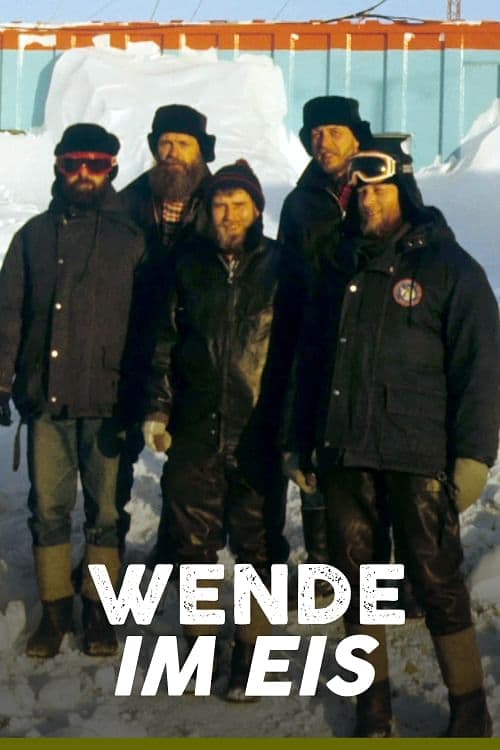
In 1989, thirteen GDR scientists and technicians set off from East Berlin to the Georg Forster research station in the Antarctic. During their expedition the Berlin Wall fell on November 9th. Cut off from the images that go around the world, the men can only experience the historical events passively. When they returned in the spring of 1991, their homeland was a foreign country. The documentary reconstructs the thoughts and feelings of the East German researchers on the basis of eyewitness accounts, diary excerpts, letters, film material, grandiose landscape shots from the location of the action and unique photos to make the consequences of the events tens of thousands of kilometers away on the small GDR expedition in the middle of the eternal ice tangible.
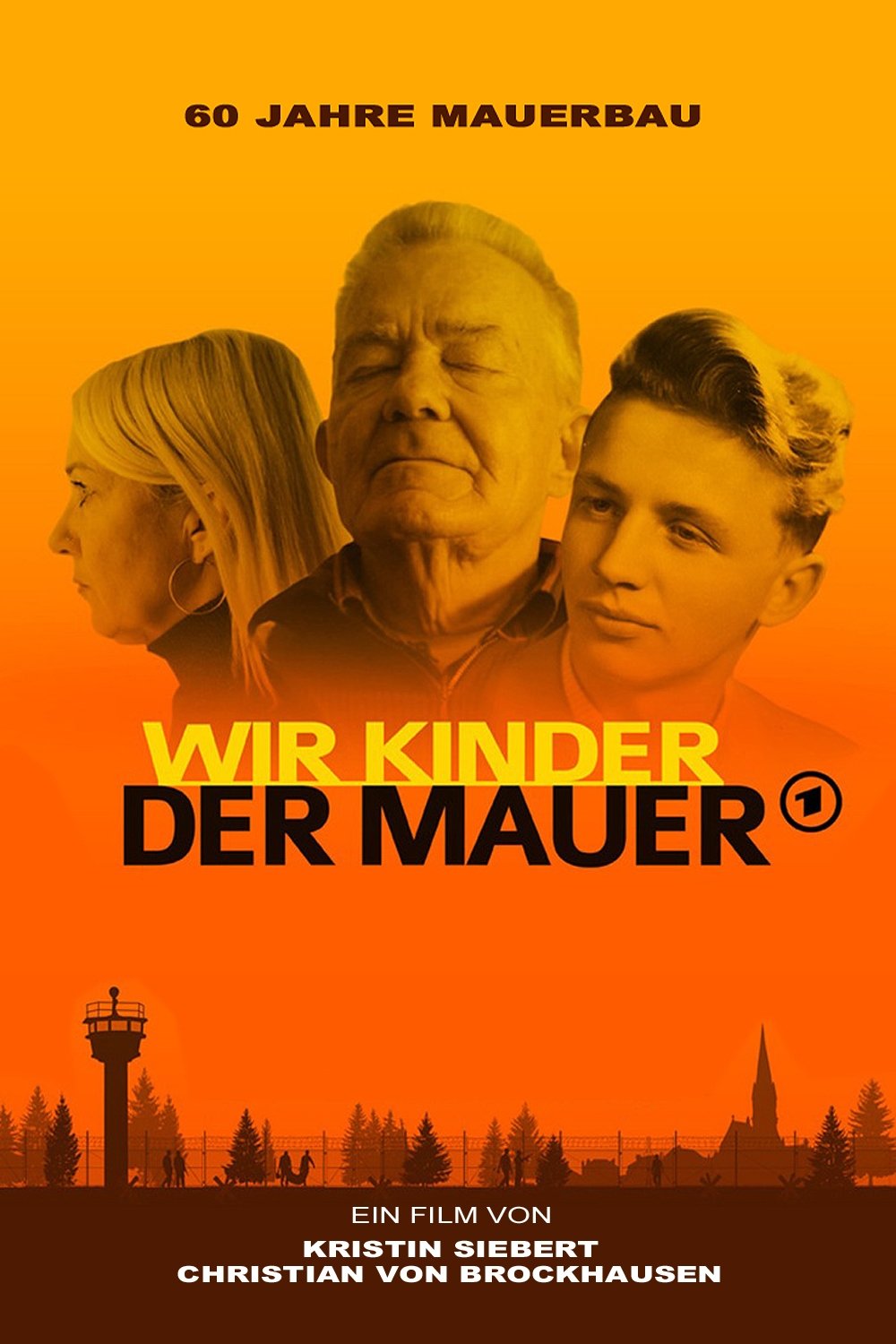
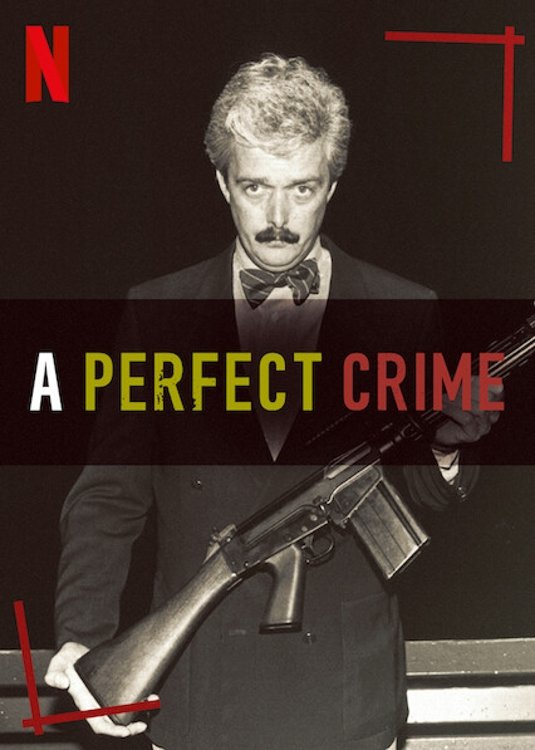
In April 1991, Detlev Rohwedder, the head of Treuhand, the East German Privatization and Restructuring Agency, was assassinated in Dusseldorf. This documentary details the strange evidence recovered.
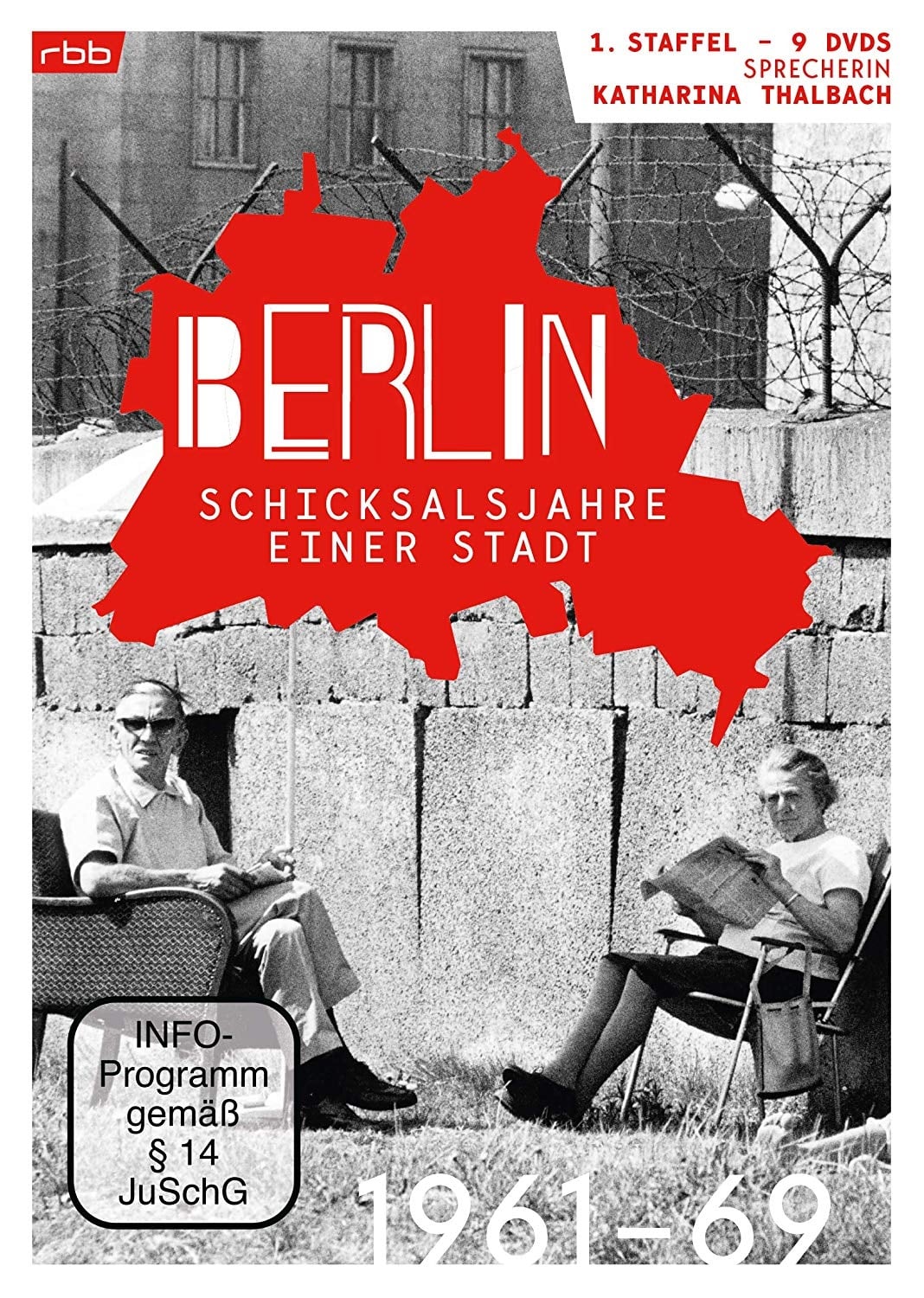

In 1990 the head of the Treuhand, Hans-Georg Dahlmann, was targeted by the RAF. When he made Sandra Wellmann, mother of one son, his assistant, he had no idea what additional danger he was exposing himself to. Because Wellmann is doing common cause with RAF members Bettina Pohlmann and Klaus Gelfert and is supposed to provide them with information for the planned attack on Dahlmann.


A gripping coming-of-age story set against the real culture wars and political events of Germany in the 1980s. The drama follows Martin Rauch as the 24 year-old East Germany native is pulled from the world as he knows it and sent to the West as an undercover spy for the Stasi foreign service. Hiding in plain sight in the West German army, he must gather the secrets of NATO military strategy. Everything is new, nothing is quite what it seems and everyone he encounters is harboring secrets, both political and personal.


Iran 1979. The Islamic Revolution is shaking up the country. Dissident Omid, who lived for several years in the German Democratic Republic with his wife, chemical engineer Beate and their mutual daughter, hears the call from his homeland and returns to Teheran with high hopes and best intentions, bringing along his family.
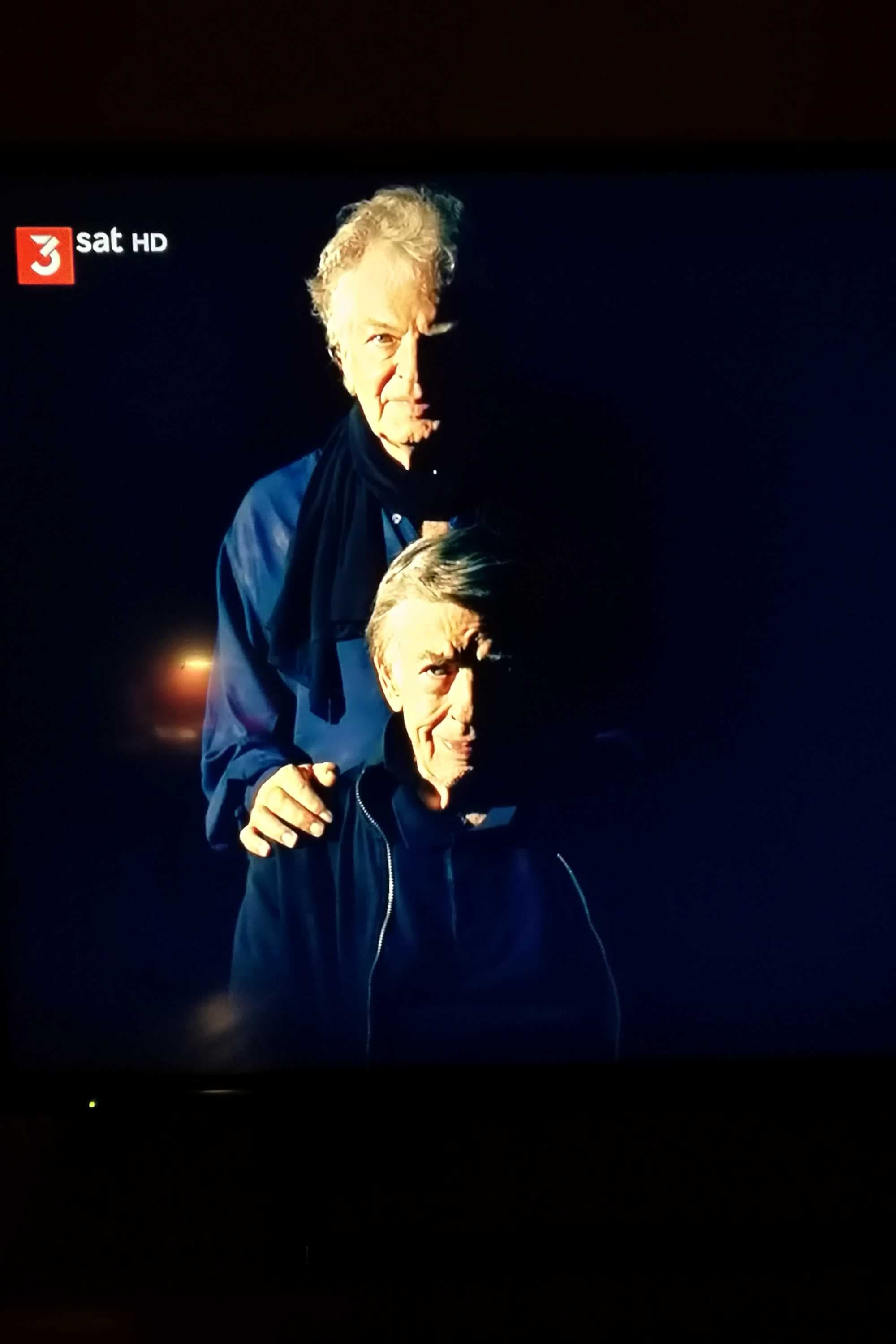

Weissensee is a German television series. The series is set in East Berlin in 1980 and 1987 and follows two families.
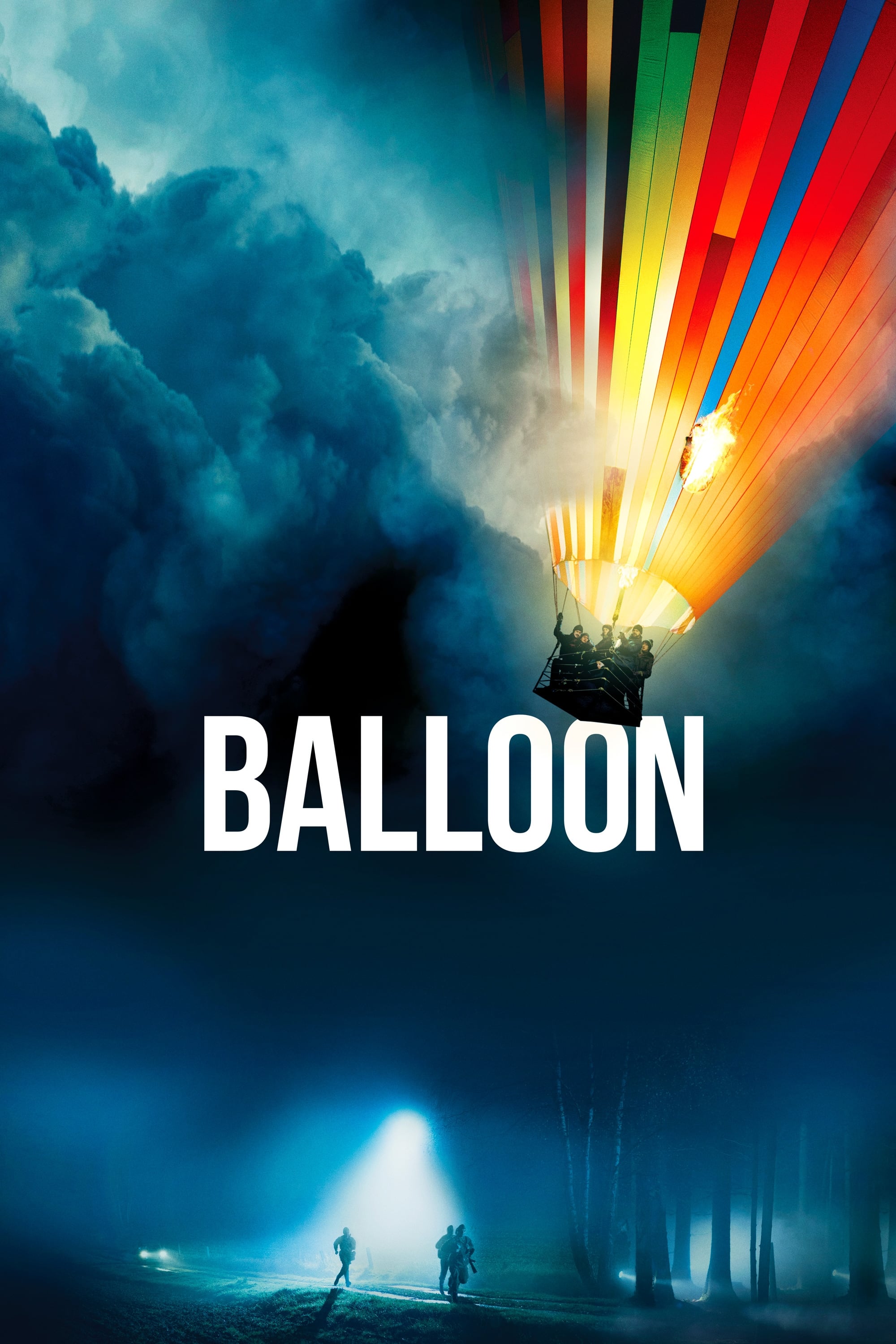
Two families attempt a daredevil plan to escape the GDR with a homemade hot air balloon, but it crashes just before the border. The Stasi finds traces of this attempt to escape and immediately starts investigations, while the two families are forced to build a new escape balloon. With each passing day the Stasi is closer on their heels – a nerve-wracking race against time begins.
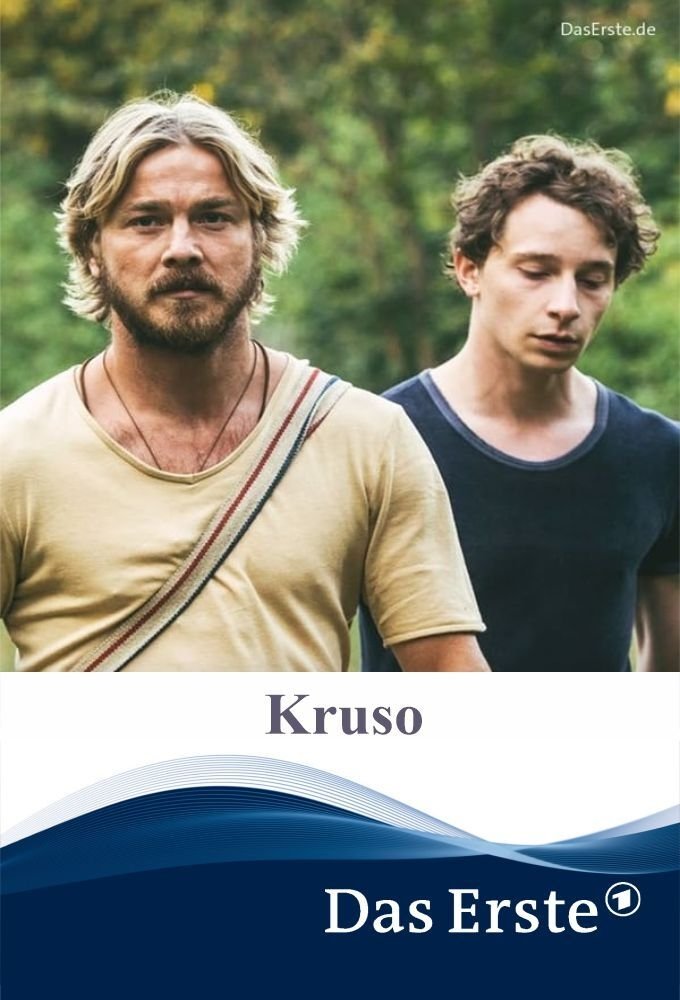
"Kruso" tells of the last summer before the Wall came down on the small island of Hiddensee in the Baltic Sea. Beyond state-organized tourism, the isolated island became a kind of artist colony every year and a place of longing for dropouts and alternatives. Due to its proximity to Denmark, Hiddensee was also the starting point for the flight across the Baltic Sea.
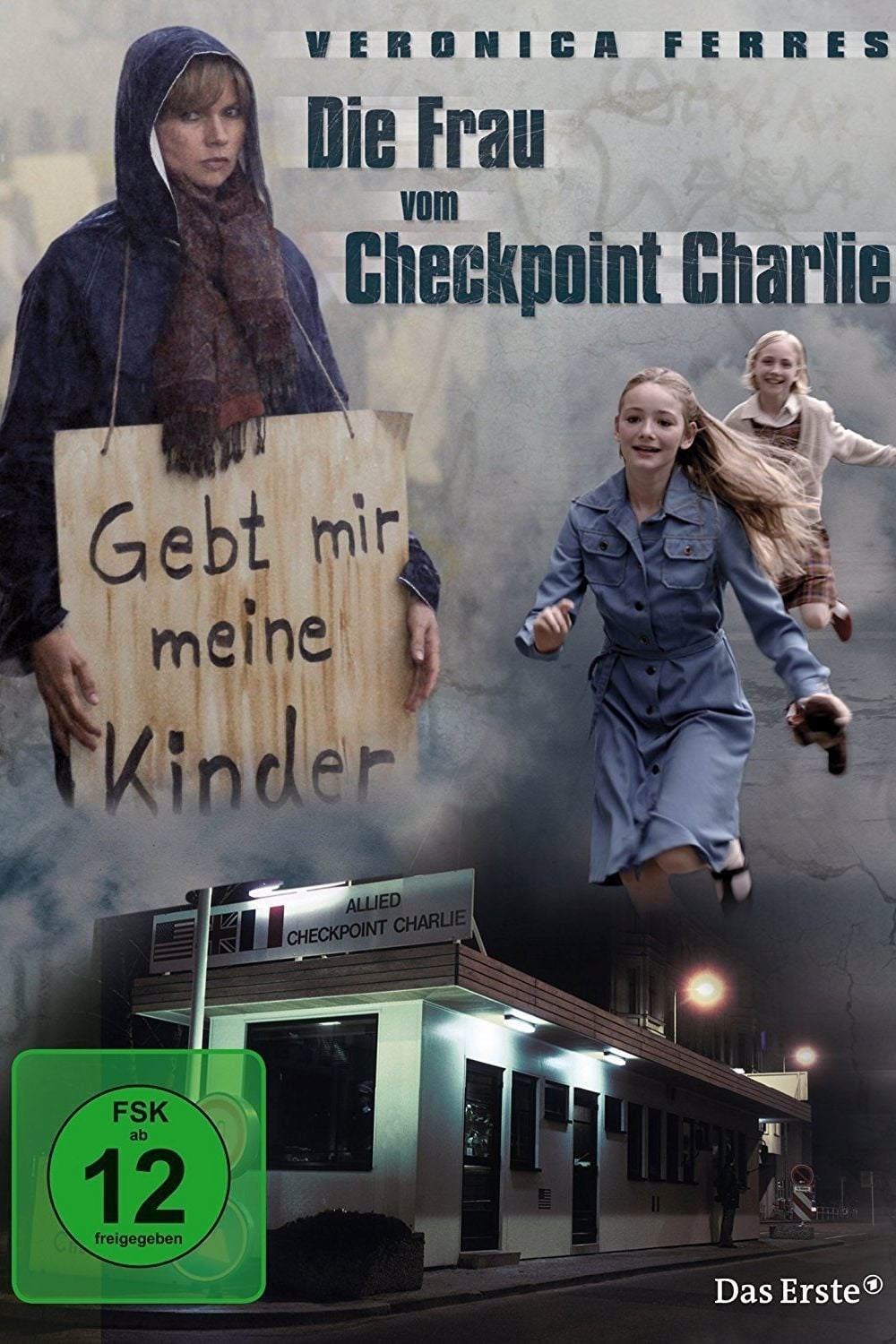
A two-part television film by UFA Fernsehproduktion about Jutta Gallus, who peaceful protested against the SED dictatorship in the GDR.
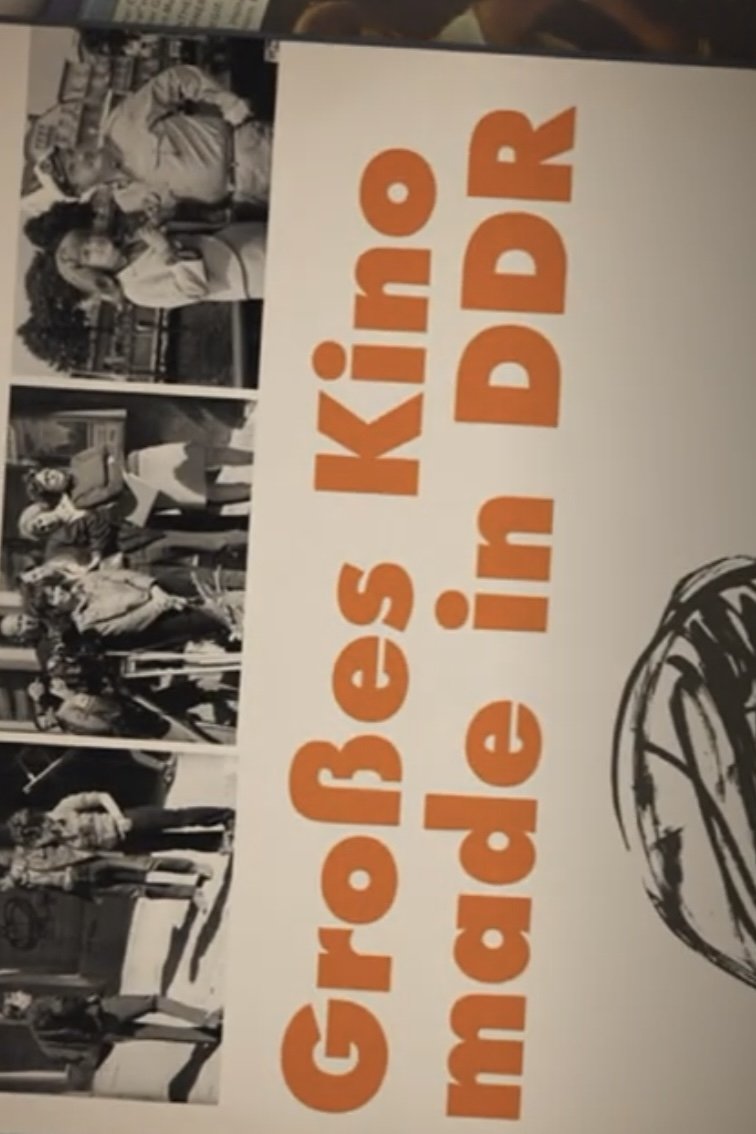
In 2016, DEFA celebrates its 70th anniversary: the film embarks on a journey into the exciting film history of the GDR. In a comprehensive kaleidoscope, the importance of DEFA productions is illuminated, the relevance of the films as propaganda productions for the GDR, which socio-political themes were in the foreground, but also which heroes DEFA brought to the screen and celebrated as people from the people.
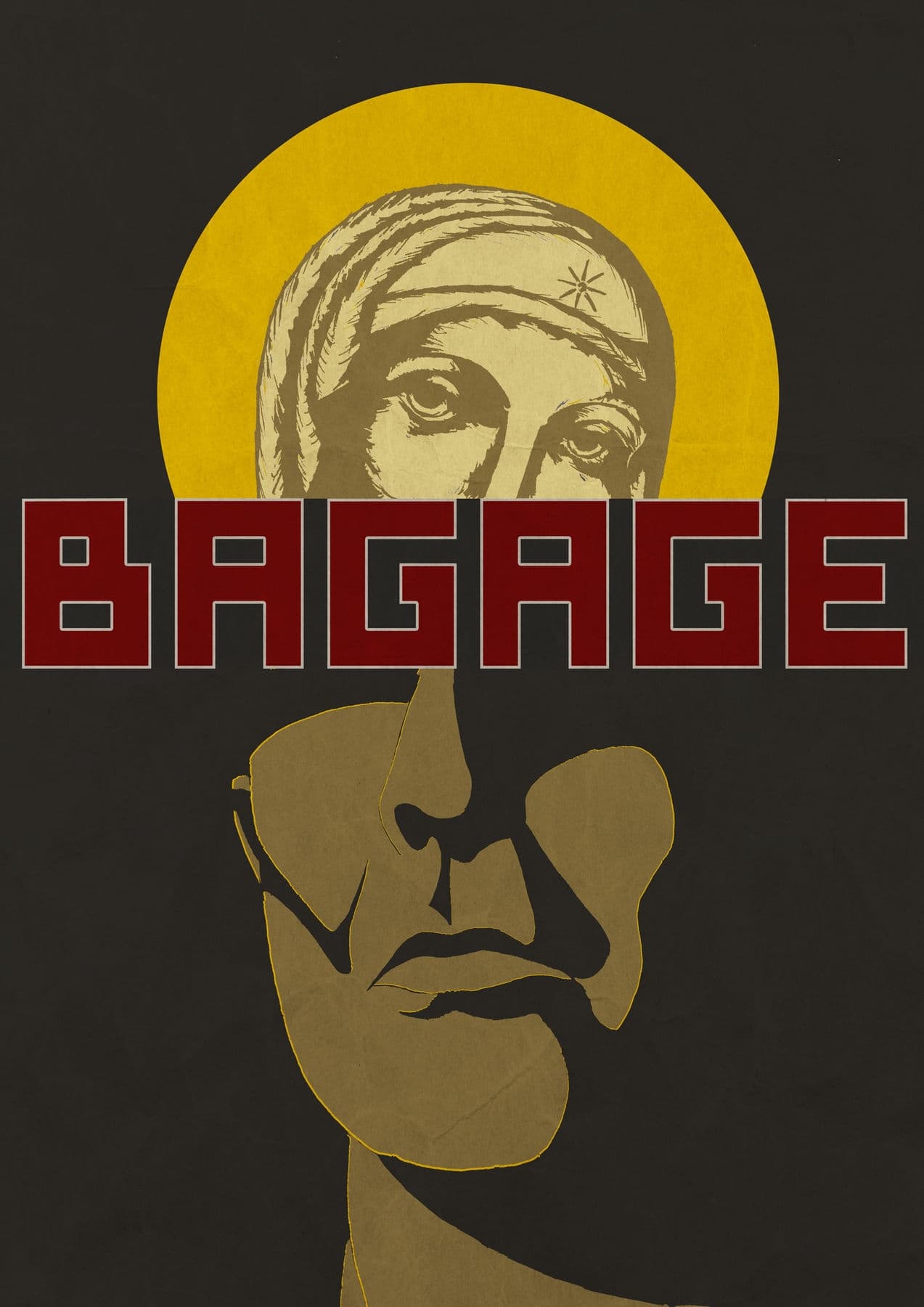
The young Russian Leonid Zaharov tries to flee to the West via the GDR at the end of the 1980s. When he is bounced and there is no way forward, he looks back. Does he give up everything for freedom or does his happiness lie at his back?
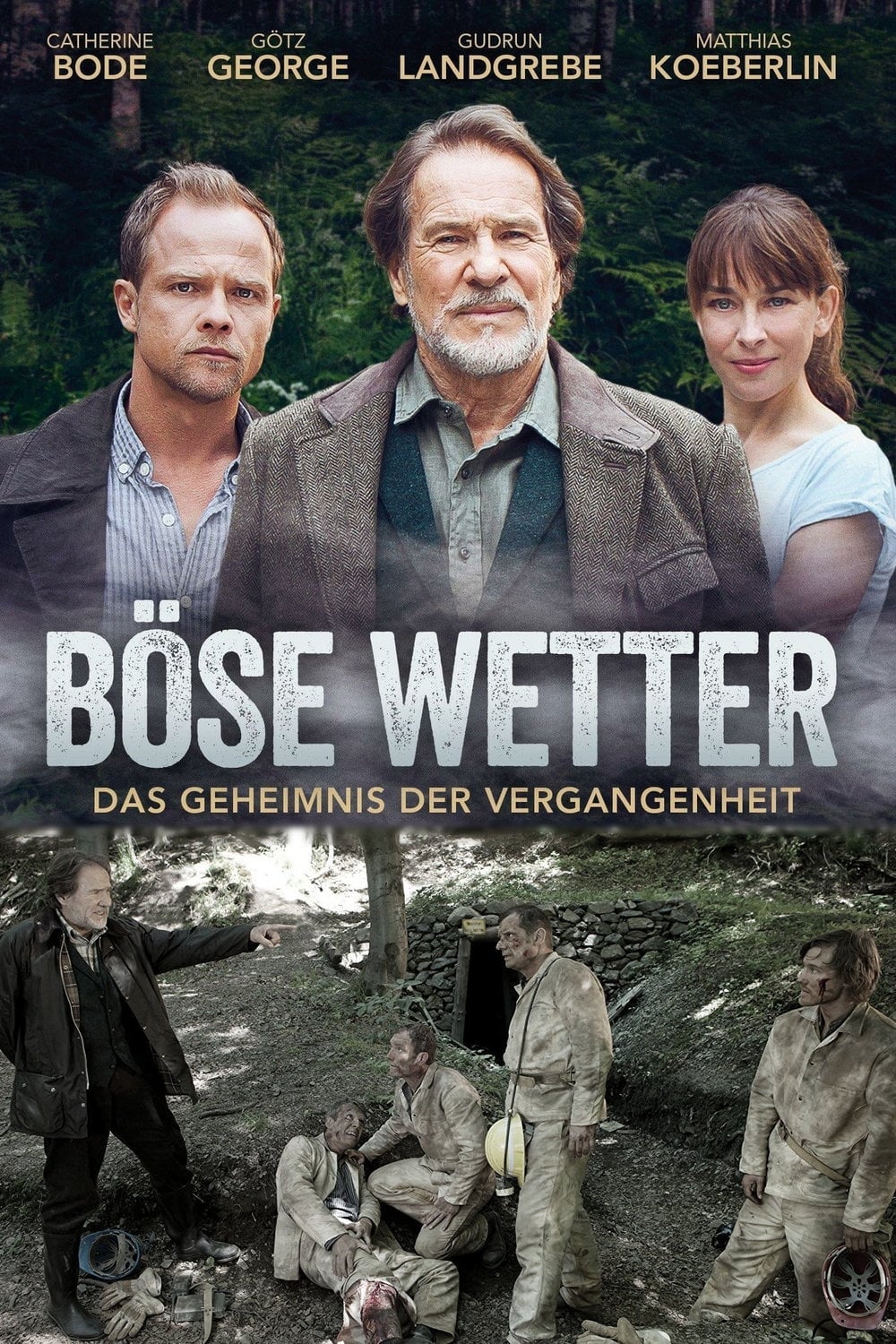
As a geophysicist, Leonard Gehra is now known for his theories on silver mining. However, Leonard originally comes from the mining town of Buchenrode in the Harz Mountains, which he left after the mysterious death of his father in the 1970s. Now Leonard is to return to his homeland to put his previously theoretical method of mining silver in the old mining tunnels of Buchenrode into practice. The town is on the verge of bankruptcy after Ferdinand Türnitz decided to close his mines. Leonard, in whom the town's last hope is now placed, sets to work and discovers a long-kept secret during his investigations, which does not leave his father and Türnitz out in the cold.

In October 1987, the documentary film collective Amber Films from Newcastle became the first British film crew ever allowed to shoot in East Germany. They filmed the workers of the state-owned fishing concern in Warnemünde and a brigade of crane operators at the state Warnow dockyards. Just two years later, East Germany was history, including most of the jobs it once provided. Twenty-five years later, in 2014, the filmmakers returned to an utterly different Rostock. They visited the people they had filmed in 1987. Together, documentarians and subjects look at excerpts from the earlier film, and talk about the enormous changes the men and women experienced, how they dealt with them, and how they feel today.
By browsing this website, you accept our cookies policy.